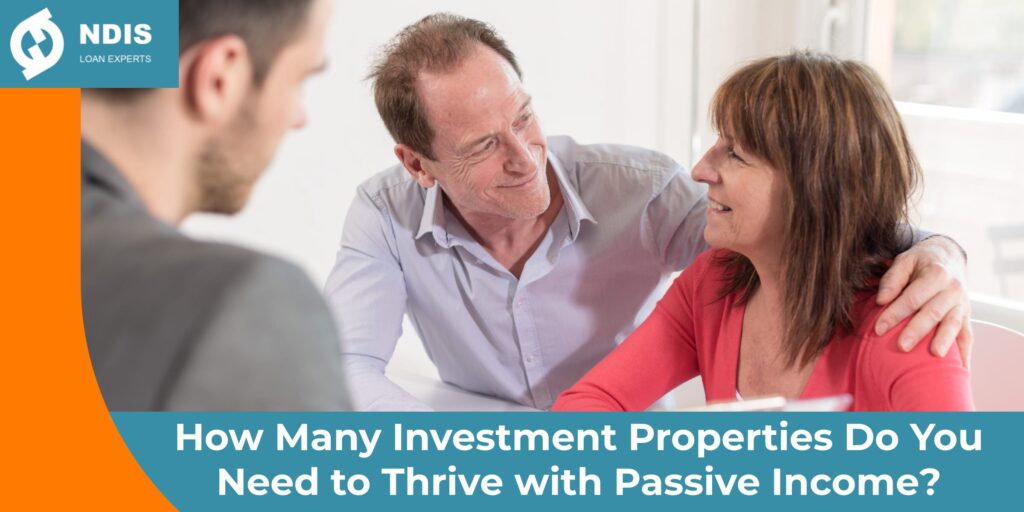Investing in real estate to generate passive income is a strategy many property investors choose to pursue. However, determining the number of investment properties needed to achieve this can be complex, especially when considering specialised investments like Specialist Disability Accommodation (SDA) under the National Disability Insurance Scheme (NDIS).
Understanding Passive Income from Real Estate
Passive income is the revenue generated without active involvement, typically through rental income from investment properties. To survive solely on passive income, property investors need to generate enough returns to cover their living expenses and build a safety net for unforeseen circumstances.
It’s Not About the Number of Properties
So, how many investment properties do you need to thrive with passive income? The answer is simple… It depends. While this might not be what you wanted to hear, it’s important to understand that the number of properties is not the key factor. What truly matters is the value of your asset base and how effectively your money is working for you.
Factors Influencing the Value of Your Asset Base
- Rental yield. The rental yield is the annual rental income divided by the property value. Higher rental yields mean more income per property. NDIS properties often offer higher yields due to the specialised nature of the accommodation and government support.
- Expenses and maintenance costs. Properties come with ongoing costs such as maintenance, property management fees, insurance, and taxes. Property investors must account for these expenses when calculating net passive income.
- Financing and mortgage terms. The terms of your mortgage can significantly impact your cash flow. Lower interest rates and favourable loan terms can increase your net income from each property. So too can longer repayment terms, however it’s important to weigh up the pros (such a lower repayments) against the cons (like a higher interest expense overall due to a longer term).
- Market Conditions: Real estate markets fluctuate, affecting property values and rental demand. Investing in stable markets with strong demand for NDIS housing can provide more reliable income streams.
NDIS Investment Properties
NDIS investment properties offer unique opportunities and challenges. These properties cater to people with disability, ensuring high demand and consistent occupancy when demand data is taken into account. Additionally, higher rental yields associated with the SDA payments provide an incentive for property investors. These properties are typically cash flow positive, with net flow exceeding what could generally be expected from a regular rental home.
When considering the number of properties required to support your lifestyle, it’s essential to have an understanding of the expected net rental return. If each NDIS property is expected to generate a net passive income of $50,000 annually and an investor’s target is $100,000 per year, they would need two such properties. This calculation should include a buffer for vacancies and unexpected expenses.
Explore Your Investment Opportunities
Determining the right number of investment properties to achieve your passive income goals requires careful planning and expert advice. At NDIS Loan Experts, we specialise in tailored finance solutions for property investments like NDIS housing. Our team has over 15 years of experience in niche lending, ensuring you get the best support for your investment journey.
Contact NDIS Loan Experts today for expert guidance and customised financing solutions that align with your financial goals.


